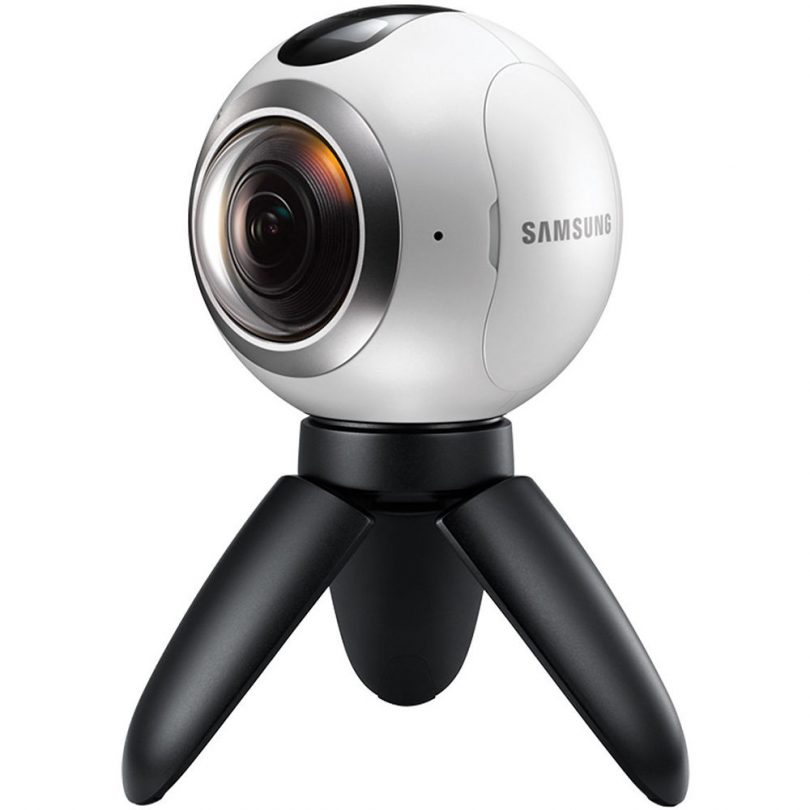A side-effect of the new technology available to journalists in the modern age is the shift from “one-way journalism” to interactive journalism. Rather than just being given information through a medium, be it print, video or something else, the public now has an element of control over what they do with the news they are given.
They have the power to press buttons to tell them whatever they want to know about a certain issue, or immerse themselves in the news itself in a way that was just not possible for the tech-free journalists of the past.
The 360 camera is a prime example of the latter; whereas with print or even television journalism, the viewer can only see what the journalist dictates they see, 360 camera shots give not only some power back to the consumer, who can move the camera around and focus on what they want to focus on in a given scene, but also effectively makes them not just observers of the story, but active participants in it.
A prime example of how this can be used to further the public’s understanding of the story is in The New York Times’ (who have led the way in embracing 360 technology as the next step for journalism) video story The Fight for Falluja. The viewer is given the full experience of a day spent in the war-torn city, with their ability to tilt the camera whichever way they want enabling a feeling of immersion that is unsustainable in regular journalism.
While the viewer is still given a news-like explanation of the story via narration, the impact of what the journalist is saying is even more pronounced because the viewer is actually experiencing it firsthand. The 360 camera, and the feeling of inclusion it generates, allows the viewer to effectively transport themselves into Fallujah, making the story more meaningful for them because, well, they’re actually there.
This new technology isn’t the sole domain of hard news, either; it’s a windfall for documentary journalists the world over. Teasers for David Attenborough’s Planet Earth II series became famous for their use of 360 filmmaking, with videos like this one of the crew’s experience in trying to capture footage of snow leopards in the Cashmere Mountains adding a new dimension to the craft. Rather than looking on as an uninvolved observer, the viewer feels like part of the crew as they go about trying to track down a leopard.
And with Attenborough’s dulcet tones still narrating the experience, it’s a win-win for consumers and producers alike.

